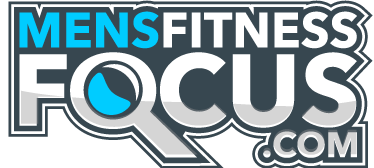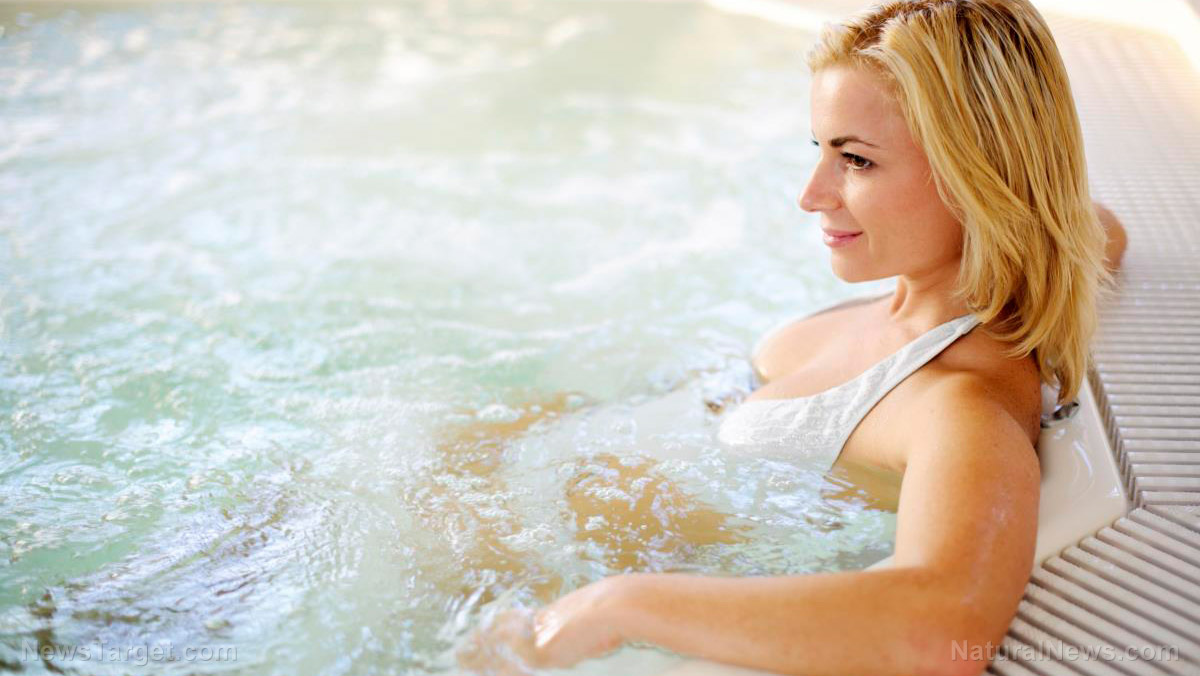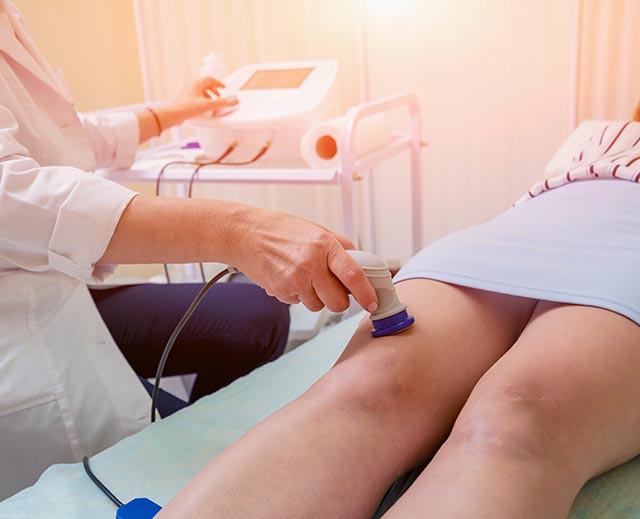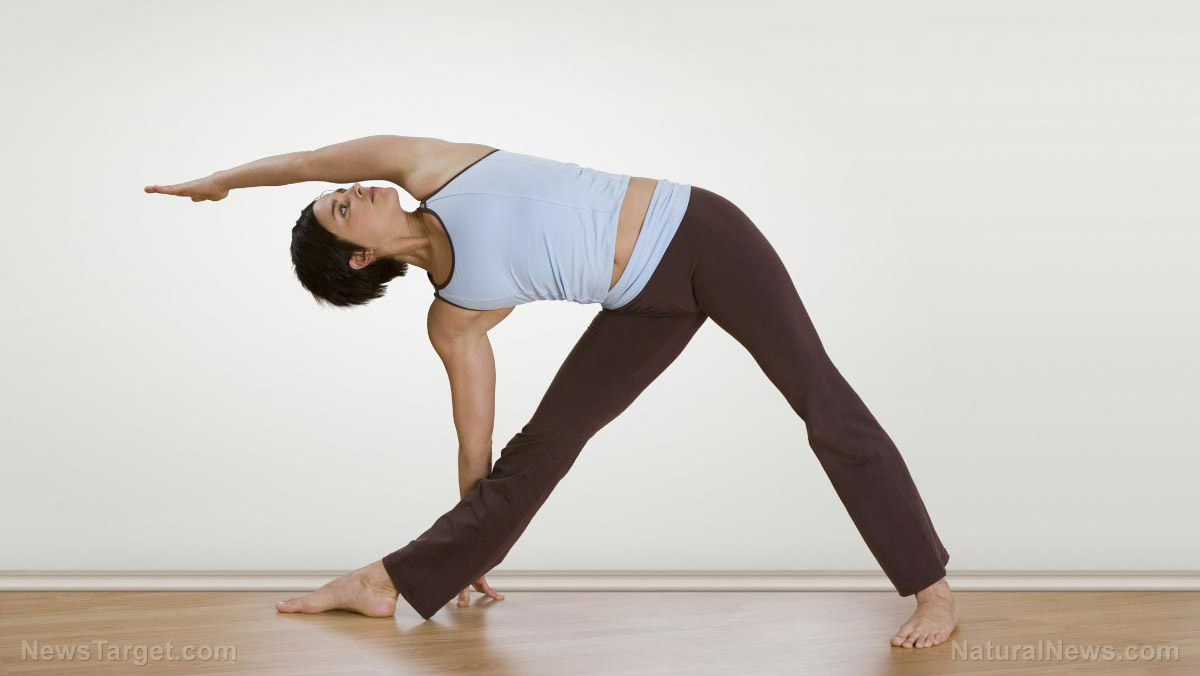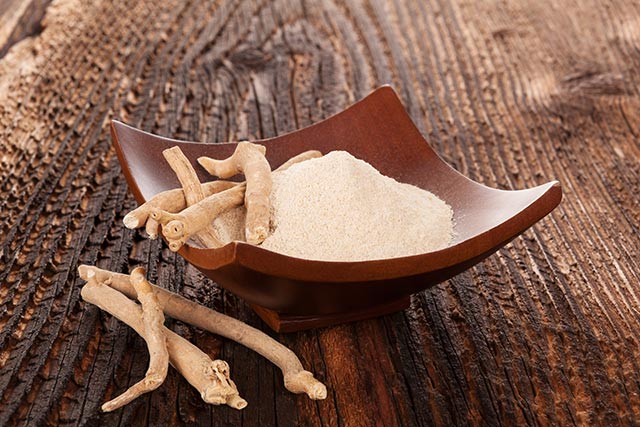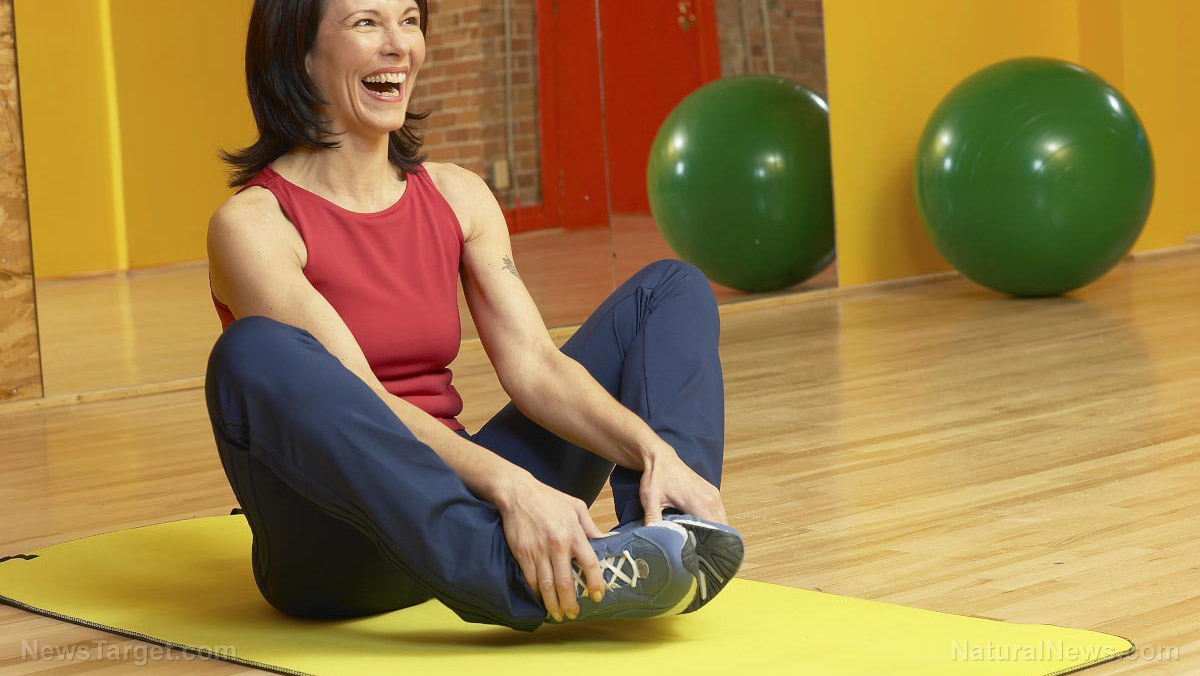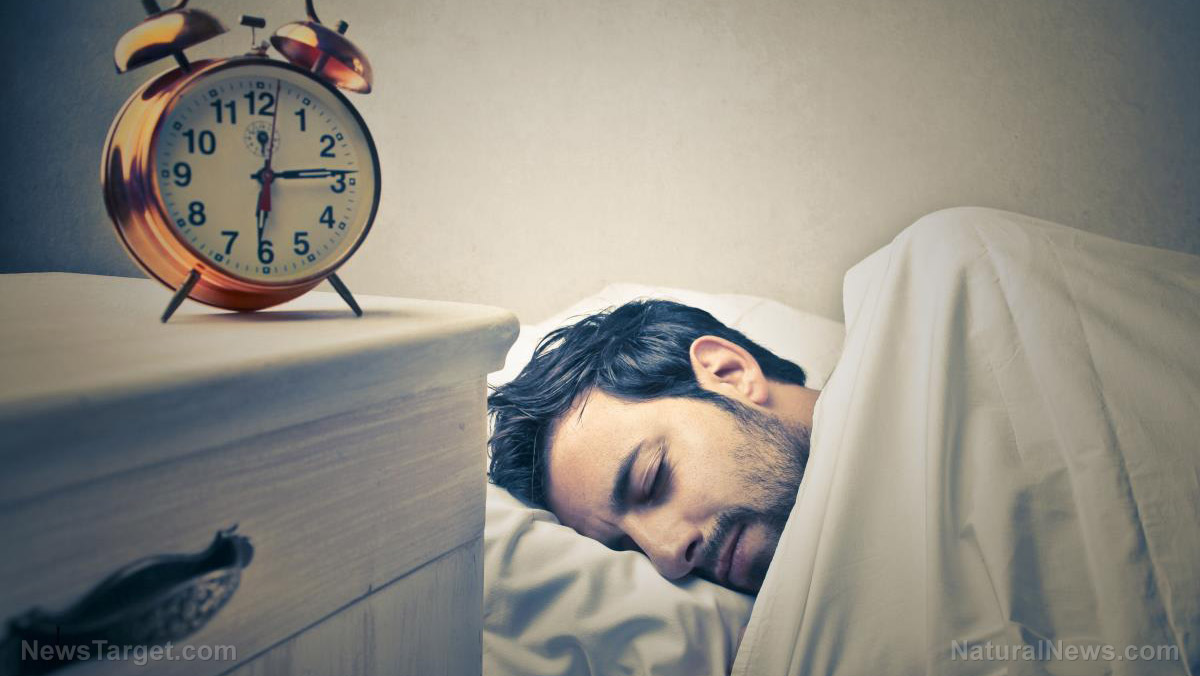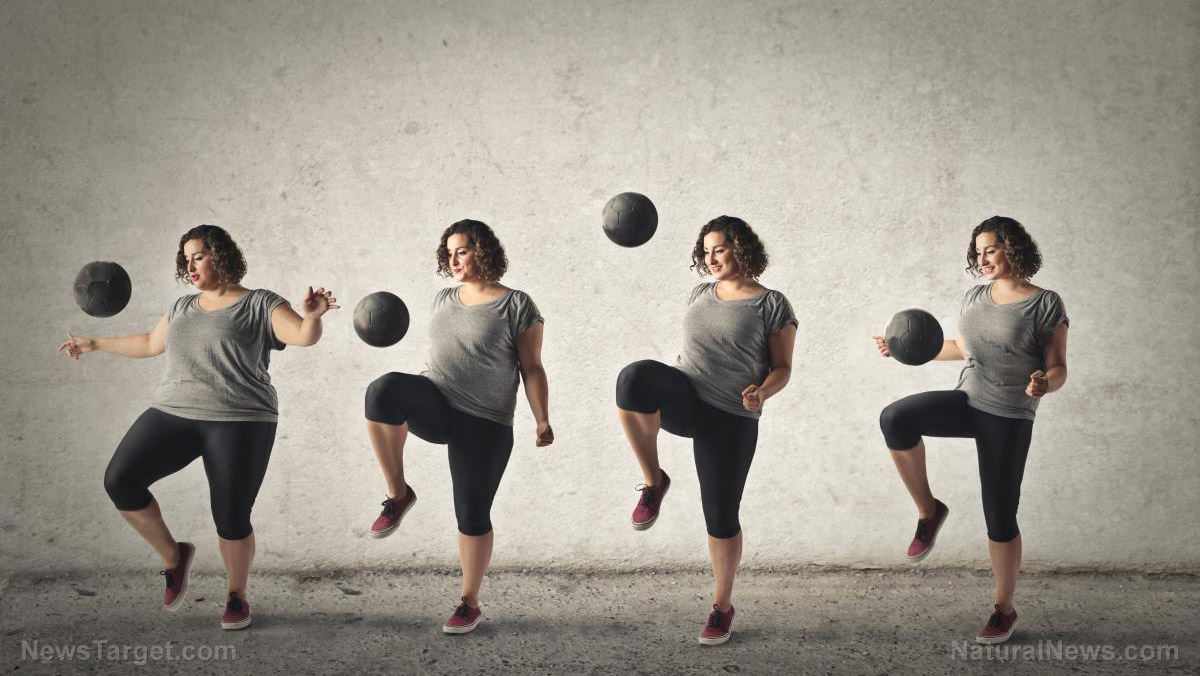Go dancing! Study shows it prevents age-related decline better than traditional exercise
08/01/2018 / By Zoey Sky
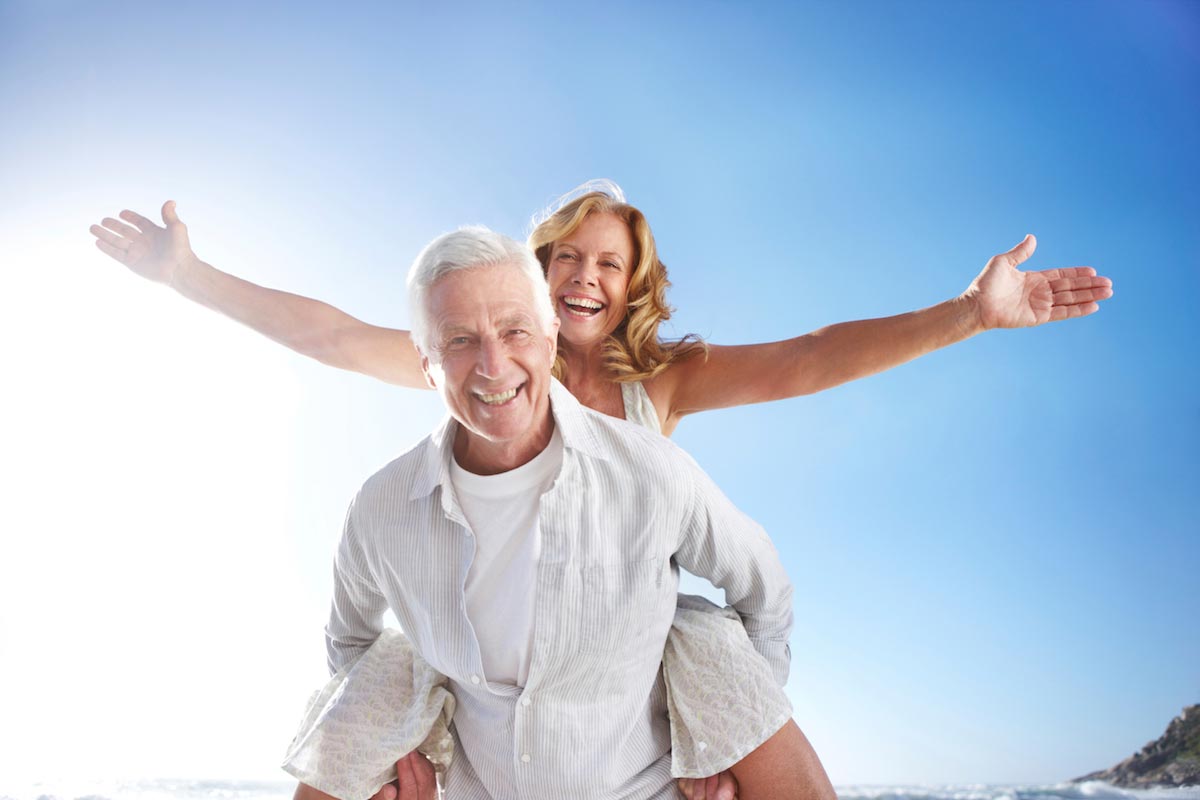
According to a study, a dance exercise program is more effective at preventing age-related brain decline in adults aged 63 to 80 years compared to a traditional exercise program.
As humans grow older, muscle tone is lost a rate of 10 percent for every 10 years after the age of 40. Even the brain slows down due to aging.
As you get older, the way you process ideas and thoughts tends to slow down too. The elderly often develop a reduced attention span and their memory usually declines with age.
Staying young through exercise and dance
Earlier studies have proven that regular exercise can help you stay younger, both mentally and physically.
To prevent muscle tone loss, you can take part in strength training exercises using weights or resistance bands. Meanwhile, aerobic exercise, such as cycling, running, or walking, will help strengthen your heart and lungs. To keep your brain strong, you can do various puzzles or learn new hobbies or skills.
The researchers involved in the dance study shared that the opportunity to learn new things set a dance exercise program apart from other forms of exercise.
The study implied that learning and memorizing new dance steps, as well as the act itself of dancing, sharpen the participants’ memory and stimulate their brain.
Dancing and memorizing steps were more effective at stimulating the hippocampus than many other popular routine workouts. The hippocampus is the part of the brain that is responsible for balance, learning, and memory, all of which can decline as a person ages.
Dancing is more effective than repetitive exercise because it requires more than repeating the same routine. Even if regular exercise offers many health benefits, it isn’t enough to stimulate the brain.
With dancing, both an older person’s muscles and brain are strengthened. (Related: Older people encouraged to dance; as a hobby, it offers many physical and mental benefits.)
If you’re not sure where to start, ask about local community education programs that offer dance classes near you. Taking dance classes is an effective way to stay physically active and build your social network.
It will also encourage you to make beneficial lifestyle changes, such as eating well and exercising regularly to boost your overall health.
The other health benefits of dancing
Aside from improving brain function among the elderly, here are some additional health benefits of dancing:
- It can help ease stiffness – Elderly patients with knee and hip discomfort can benefit from dancing. Based on data from a Saint Louis University study, a 12-week low-impact dance program helped participants aged 80 years old rely less on pain medication. Reliance on the drug decreased by as much as 39 percent.
- It can help prevent dementia – Compared to other hobbies like golf or crossword puzzles, dancing is more effective at reducing the risk for dementia. In fact, in a study at the Albert Einstein College of Medicine, older patients who took regular dance classes had a whopping 76 percent reduced risk for developing the condition. Experts posited that dancing is good for the brain since it combines cardiovascular exercise with split-second decision-making that pushes the neural network to create new pathways.
- It can prevent depression – Taking dance classes can help patients feel less depressed. Dancing can also help address anxiety and stress and can prevent insomnia.
Read more articles about how dancing can help prevent age-related brain decline problems at Longevity.news.
Sources include:
Tagged Under: age-related brain decline, aging, brain function, Dance, dancing, dancing benefits, exercise, fitness, geriatric health, health habits, healthy aging, hobby, live longer, longevity, natural cures, natural health, natural remedies, old age, older adults, older people, seniors' health, signs of aging
